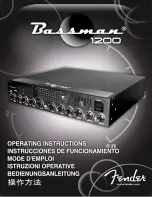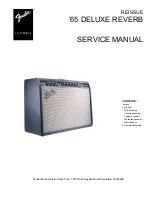
Symbols Used in this Guide
When programming in the field, certain characters are most conveniently represented by
their hexadecimal rather than their ASCII values. The table below shows the hexadecimal
equivalent of each ASCII character:
ASCII to HEX Conversion Table
Space
.
Figure 22.
ASCII to Hex Conversion Table
]
— Carriage return with line feed
|
or
}
— Pipe character or carriage return (no line feed) can be used interchangeably.
• — Space character
W
or
E
— W or Escape key can be used interchangeably.
The
X/
values defined in this section are the variables used in the fields of the Command
Response Table.
X!
— Output
1
through
2
, DA2 HD 4K PLUS
1
through
4
, DA4 HD 4K PLUS
1
through
6
, DA6 HD 4K PLUS
X@
— Status
0
= Disabled, off, or undetected
1
= Enabled, on, or detected
X#
— Video color bit depth (default =
0
)
0
= Auto (based on EDID of sink)
1
= Force 8‑bit
X%
— EDID data as 256 bytes of Hex data (text representation)
X^
— Native resolution and refresh rate (translated from Hex)
for example:
1600x1200
@
60 Hz
X&
— Firmware version to the second decimal place
X*
— Text string of up to 24 characters (default =
DA
x
‑HD‑4K‑PLUS
).
Alphanumeric characters and hyphens only.
No distinction between upper and lower case.
No spaces.
First character must be a letter and the last character cannot be a hyphen.
X(
— Output HDCP mode (default =
0
)
0
= Encrypt as required by input.
Continuous trials for HDMI sinks.
Attempt for 10
seconds on DVI sinks and then fail.
1
= Always encrypt.
Continuous trials for HDMI sinks.
Attempt for 10
seconds on DVI sinks and then fail.
2
= Encrypt as required by input. Continuous trials for HDMI and DVI sinks.
3
= Always encrypt. Continuous trials for HDMI and DVI sinks.
figure 22
DA HD 4K PLUS Series • SIS Commands
27
Summary of Contents for DA 2HD 4K PLUS
Page 6: ......








































